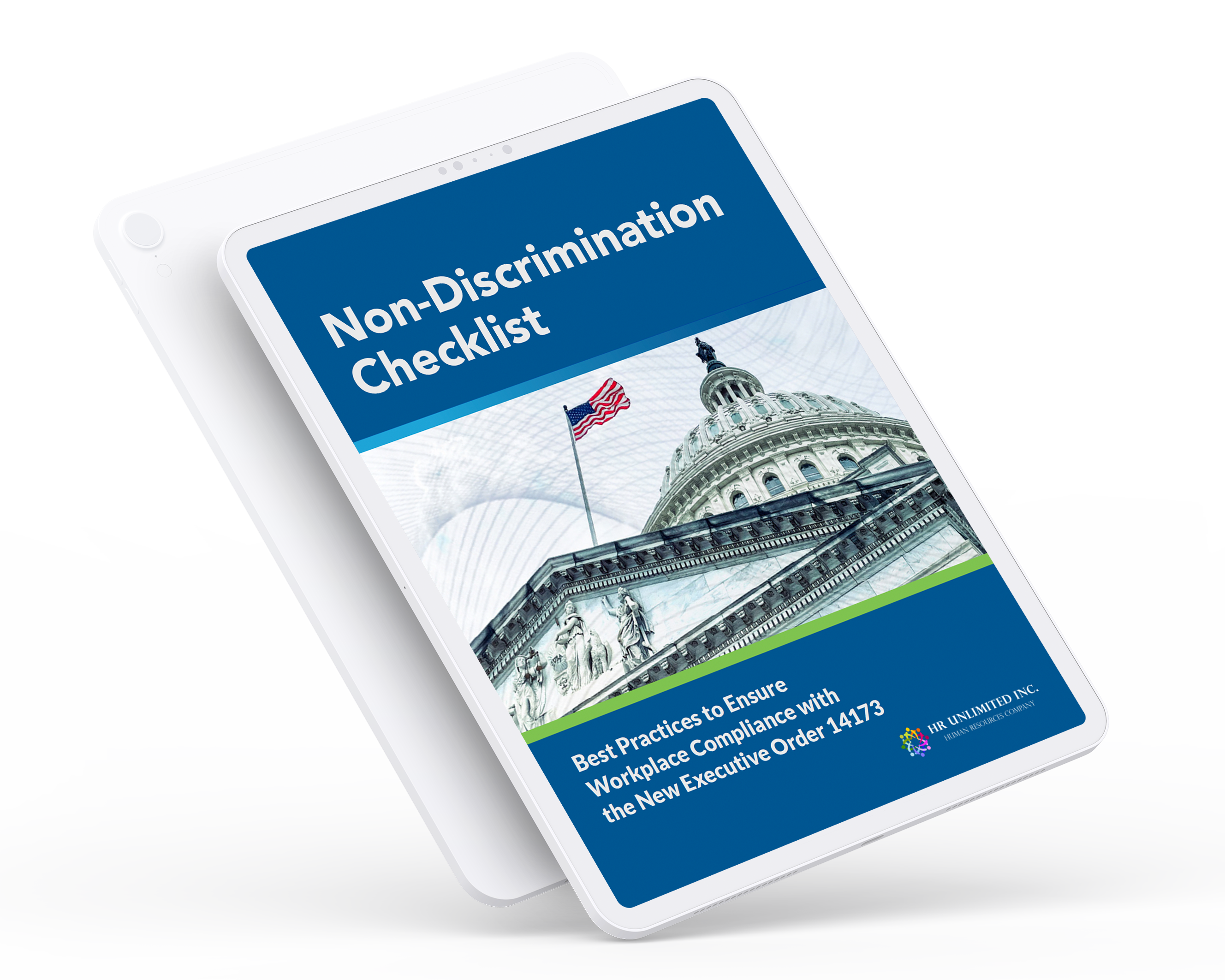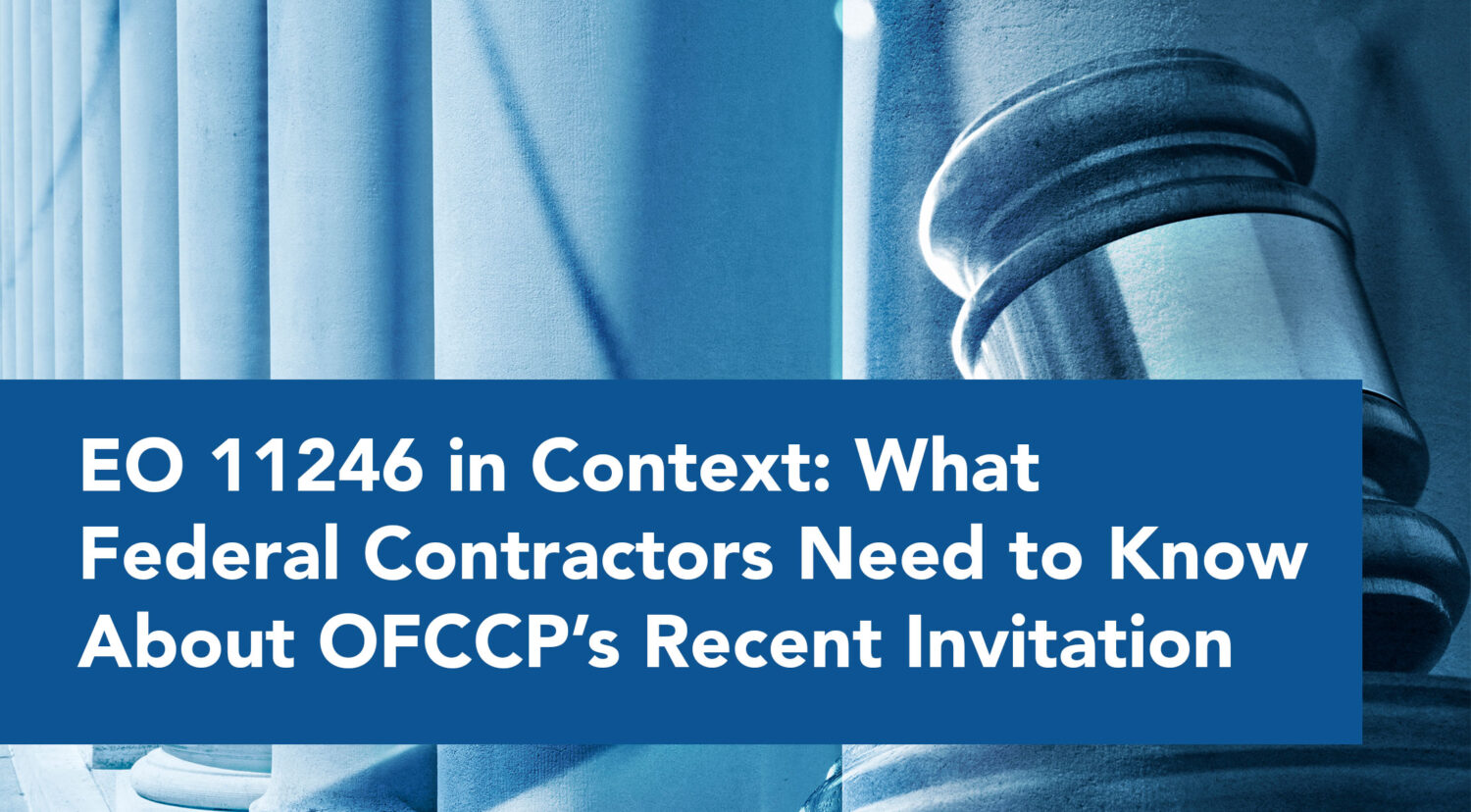The OFCCP promised to focus on ensuring pay equity by federal contractors. Not only has it delivered, but it has gone at least one step further, in a very creative, innovative and proactive approach. Starting at least as far back as late 2013 the OFCCP began rooting out contractors that engage in steering practices. No, we are not referring to the operation of motor vehicles. Steering in the world of the OFCCP –and, to be fair, the EEOC as well—refers to a practice in which an employer steers people belonging to legally protected classes to certain types of jobs, which in turn leads to pay disparities among certain groups of people. In late 2013, the OFCCP issued Directive 307, designed to help Compliance Officers find evidence of that very practice when conducting Compliance Evaluations.
Now, many expect to see this theory used in hiring discrimination cases. It makes sense, and it’s fairly obvious: steering certain groups of people to certain types of jobs and away from others, without regard to actual qualification is classic hiring discrimination. But pay discrimination? Really? Is the OFCCP overreaching here? Well, maybe not. Let’s take a look.
We have heard and read many statistics that tend to prove that a significant pay gap between similarly situated, similarly qualified men and women continues. Certain types of jobs tend to pay better than others. Men tend to be more highly concentrated in more highly paid jobs. Women tend to be more highly concentrated in lower paying jobs. If an employer is steering women toward jobs that tend to pay less and men toward jobs that tend to pay more, then Voilà that employer is likely guilty of both hiring and pay discrimination. We have heard of similar occurrences of pay gaps between similarly situated, similarly qualified African American and Caucasian workers.
Before the OFCCP can assert a claim of steering in either the hiring or compensation context, it must meet two criteria:
- Promotions without internal posting: It must channel certain employees/applicants to certain jobs, such that the choice/decision to apply for a specific job is taken away from the applicant/employee. For example, a contractor does not post internal positions, but leaves it to management to promote existing employees or moves applicants or employees between requisitions.
- Target channeling: The channeling must result in a lack of diversity in jobs and/or pay discrepancies between certain classes of people. The placement decision(s) results in jobs that are segregated or held by a specific gender, race, ethnic group, etc., and pay differences exist among those jobs that were subject to the employer’s decision(s)
Note that to satisfy the second criterion, the OFCCP need not rely on or look to utilization goals. In fact the job(s) in question need not even have placement goals. But can the OFCCP really infer intent just from statistics that show a strong concentration of certain groups in certain lower – or higher—paying jobs?
We might be able to draw our own conclusions from a few steering cases initiated by the OFCCP in the last two to three years.
Most recently the OFCCP filed suit in about March 2016 against AmeriQual Group, LLC, a contractor that provided portable meals to the Department of Defense. AmeriQual allegedly steered women toward light-duty table inspector jobs, whereas most of its male employees worked in higher-paying more labor-intensive loader and utility positions, an area with fewer job openings, without regard to the candidates’ actual skill or experience levels. Now, this case involves allegations that one might call reverse discrimination, in that it allegedly kept 237 male applicants from competing for jobs that paid less. While we don’t yet know what the outcome will be, this case does show that the OFCCP is serious about eradicating gender-based pay and hiring discrimination against men and women alike. The result will not only be of interest to federal contractors, but could also be instructive to all employers, so stay tuned.
Similarly, in December 2014, the OFCCP required Hillshire Brands Company to compensate almost 2500 male applicants with $330,000 in back wages, interest and benefits as a result of practices that steered men toward more labor-intensive dumpster/stacker jobs (of which there were fewer) and women toward lower-paying biscuit assembler jobs, although both required similar qualifications, resulting in far fewer men than women being hired. The OFCCP found this distribution of labor to be based on “archaic ideas about ‘women’s work’ and ‘men’s work’.
Comcast paid almost $190,000 to settle a claim that at its call center in Everett, Washington, it steered female applicants to lower-paying positions assisting customers with cable services, and away from higher-paying positions assisting customers with internet services. (Those positions were apparently “too technical” for the female candidates.) The OFCCP also alleged that Comcast rejected a disproportionate number of Hispanics Asians and African-Americans.
Finally, in November 2015, the OFCCP reached a settlement of just over $1.85 million in back pay and interest with G&K Services over allegations that it assigned 444 female employees to lower-paying, “light duty” jobs while hiring men to perform higher-paying opportunities — across nine different locations. This practice also resulted in lower hiring rates for 2,327 male applicants in lower-paying general labor positions in five locations, even though they were as qualified as the female candidates. The OFCCP also found that G&K rejected over 400 qualified African-American and over 100 White candidates for general laborer positions in two of those locations. To resolve the matter, G&K agreed to offer job opportunities to 73 previously-rejected male, African-American and Caucasian applicants and to extend opportunities to 58 qualified female applicants to move into higher-paying positions.
So where does that leave the federal contractor – or any employee for that matter—that wants to steer clear of such allegations? At a minimum, you should consider doing the following:
- Unless you can point to –and document—a bona fide occupational qualification, focus on the candidates’ qualifications, not their gender, not their ethnicity or any other characteristics related to job performance;
- Take proactive steps to ensure that allocation of jobs in your organization is not disproportionately segregated by gender or other characteristics protected by law;
- Advertise job opportunities taking care to ensure that they are equally visible to men, women, African-Americans, Caucasians, Hispanics, Asians – or those bearing any other characteristics protected by law;
- Refrain from making assumptions on a candidate’s ability to perform a job based on gender (or ethnicity);
- Eliminate hiring and promotion practices that assume that women are not the primary wage earners in their families or households.
- Training – Your hiring managers/supervisors, at minimum, must be made aware of unlawful discrimination and the need for their selection decisions to be solely based on job qualifications. Periodic harassment prevention training is recommended.
- Engage a knowledgeable attorney and/or Affirmative Action consultant (and in some cases both) to ensure that your implementation of your AAP and your hiring practices in general stay ahead of the OFCCP’s efforts to root out pay disparities among the different protected groups of employees.
For more information contact Ahmed Younies at 800-708-3655, x703 or [email protected]





